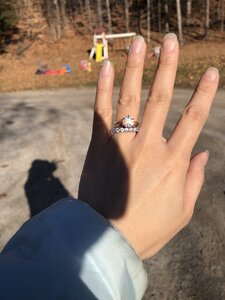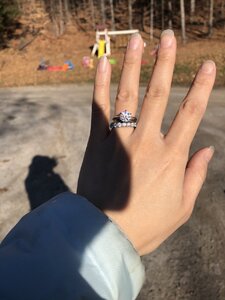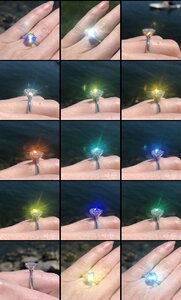- Joined
- Oct 24, 2012
- Messages
- 12,692
Beautiful and helpful pictures and diamonds! I’m looking forward to a thread on your new diamond (if you decide to make one).
Thank you @Lessics . I will create a thread when its done. I hope it will help people. Not everyone will want a super ideal. I do wish I had known that I did 8 years ago. But sometimes we just need to learn the hard way...






300x240.png)